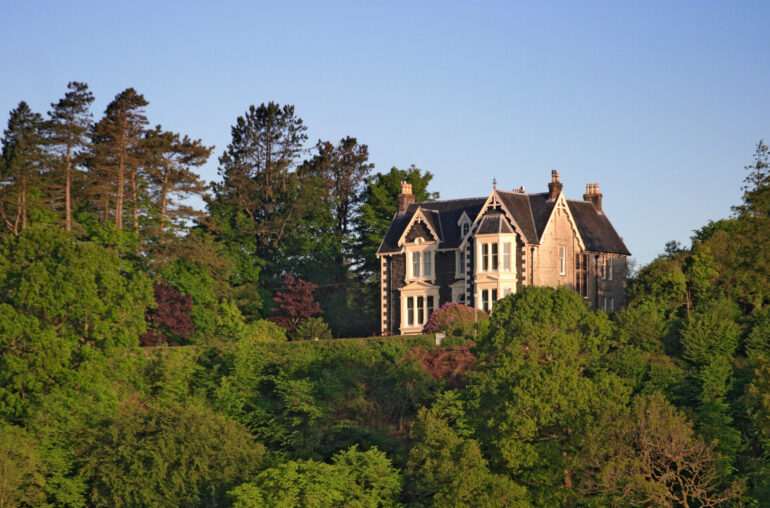House prices in the UK’s prime markets have continued their downward trend, declining for the fourth consecutive quarter, according to the latest data from Savills’ quarterly prime residential index. However, Scotland’s prime housing market bucks the trend, registering only a modest annual decline of 1.1% as opposed to the UK average of 5.2%.
Last year’s mini-budget signaled an end to the robust growth in the UK’s prime housing market, which comprises approximately the top 5% to 10% of homes by value. Rising interest rates and inflation have strained buyer budgets, particularly those dependent on mortgage financing.
Frances McDonald, director at Savills residential research, said: “Broadly speaking, prime markets furthest from London are holding up the strongest, with suburban and commuter belt markets coming under the greatest pressure. These higher value, more mortgage dependent markets, which saw an influx of buyers from London over the past couple of years, are more exposed to affordability pressures and higher costs of commuting, amongst other factors.”
Despite these headwinds, the prime markets remain supported by deep equity reserves and constrained stock levels. Average values are still up 10.5% since March 2020. In Scotland, which emerged later from pandemic restrictions, house prices in prime markets have surged 16.1% over the same period.
McDonald added: “Across the market as a whole, lower value properties are showing most price resilience, a clear signal that the prime markets — though driven in large part by cash and equity — are not immune to the rising cost of borrowing and the wider macroeconomic backdrop.”
Cash purchases have gained prominence, especially with higher borrowing costs looming large. “Beyond prime central London, the lowest levels of mortgage use have been across the wider South of England, at just 31%,” said McDonald.
The Cotswolds and prime coastal locations, once the darling of buyers during the lockdown’s ‘race for space,’ have also seen mixed performance. Meanwhile, country house values across the UK have dipped 5.7% year-on-year, but Scotland has fared better with a minor 1.0% decline.
Phillippa Dalby-Welsh, head of the country house team at Savills, said: “We have a strong book of buyers, but most are highly selective and discretionary. At the same time, vendor expectations remain high, especially among the discretionary movers. This means realistic pricing is required to get a sale over the line unless a house represents absolute best in class for the location, in which case it’s possible to buck the trend.”



